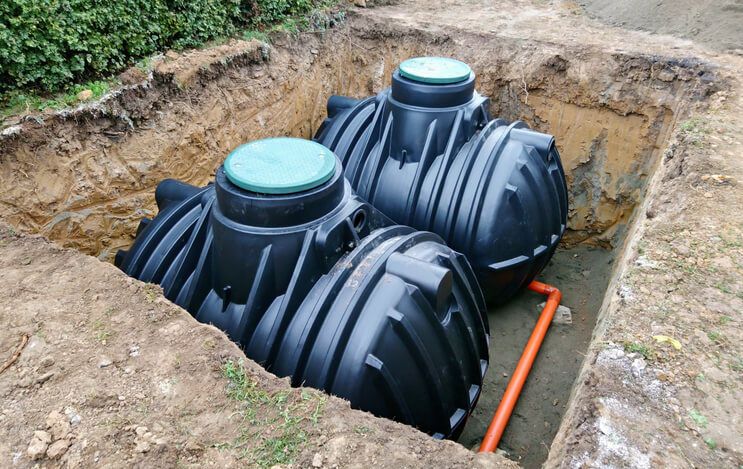We’re facing a global clean water crisis. Despite the fact that 70% of the Earth’s surface is covered by water, only 2.5% of that water is freshwater. Worse still, only 1% of that freshwater is easily accessible for our planet’s nearly 7 billion people to use. While technologies like Reverse Osmosis lead the way in desalinating sea water, water conservation should be a top priority for all consumers if we want to prevent a worsening crisis.
Many states and municipalities offer water conservation rebates or incentives to help consumers save money while preserving our most precious resource. However, according to Aquasana’s 2,000-participant Earth Day survey, 53% of respondents do not take advantage of government water conservation incentive or rebate programs. Of those that do, only 16% have used rain barrel rebates, and 24% have used rebates on energy-efficient appliances.
53% of survey respondents do not take advantage of government water conservation incentive or rebate programs. Of those that do, only 16% have used rain barrel rebates, and 24% have used rebates on energy-efficient appliances.
States like California that have faced record-breaking droughts in recent years offer a variety of water rebates to encourage consumers to take water-saving action. These vary from turf replacement programs to Energy-Star appliance programs. We’ve compiled the most commonly offered water rebates below so you can easily save money while preserving our most precious resource.
1. Water Heater Rebates
Energy-efficient water heaters help save energy and lower your electricity bill. Because water is required in the creation of energy when you conserve electricity you also decrease your overall water footprint. When you purchase an Energy Star certified electric or gas water heater for your home, you are eligible for a federal water heater rebate in the form of a tax credit of up to $300. Because this is a federal incentive, requirements can change. Other energy tax credits include technologies such as solar panels, and other solar, wind, and geothermal equipment.
2. WaterSense EPA Rebate Program
The WaterSense program is sponsored by the Environmental Protection Agency (EPA) and is a partnership between the EPA and manufacturers, retailers, and utilities designed to bring water-efficient products to consumers. When a product contains the WaterSense label, it means they meet EPA criteria for water conservation. WaterSense offers a water conservation rebate program for things like water-efficient toilets for participating municipalities.
3. Turf Replacement Rebate Programs
Common in California due to drought restrictions, turf replacement programs are designed to incentivize citizens to replace their water-guzzling grass with water-efficient native plants and landscaping. Keeping lawns healthy and green requires large amounts of water, a luxury in drought-prone, dry, and arid climates. Desert states like Arizona encourage citizens to xeriscape their homes for maximum water conservation and offer turf replacement incentives of up to $3,000.
4. Rain Barrels and Rainwater Harvesting Rebates
Rainwater collection (or rainwater harvesting) is a great way to conserve water and save on the cost of watering your landscaping, or if you’re very serious about collecting rainwater, supplying your home with water. Many cities offer rebates for setting up your residential system. For example, the city of Austin offers a rebate of up to $5,000 for the equipment used in setting up your rainwater harvesting system, which includes rain barrels. Not all municipalities allow rainwater systems to provide your household with drinking water, so be sure to check with your city first.
5. Energy and Water-Efficient Clothes Washers and Dishwashers
Several cities offer rebates on Energy Star-certified water-efficient clothes washers and dishwashers. Energy Star washers use 33% less water and 25% less energy than washers that are not Energy Star certified. An average energy-efficient washer uses 14 gallons of water per load compared to the 20 gallons per load of a standard washing machine. Energy Star offers a rebate finder tool that makes it easy to find local deals in your area.
Now that you know more about water rebate programs, check with your city or state to see if water conservation is incentivized where you live. You might discover you can conserve water and save money at the same time.